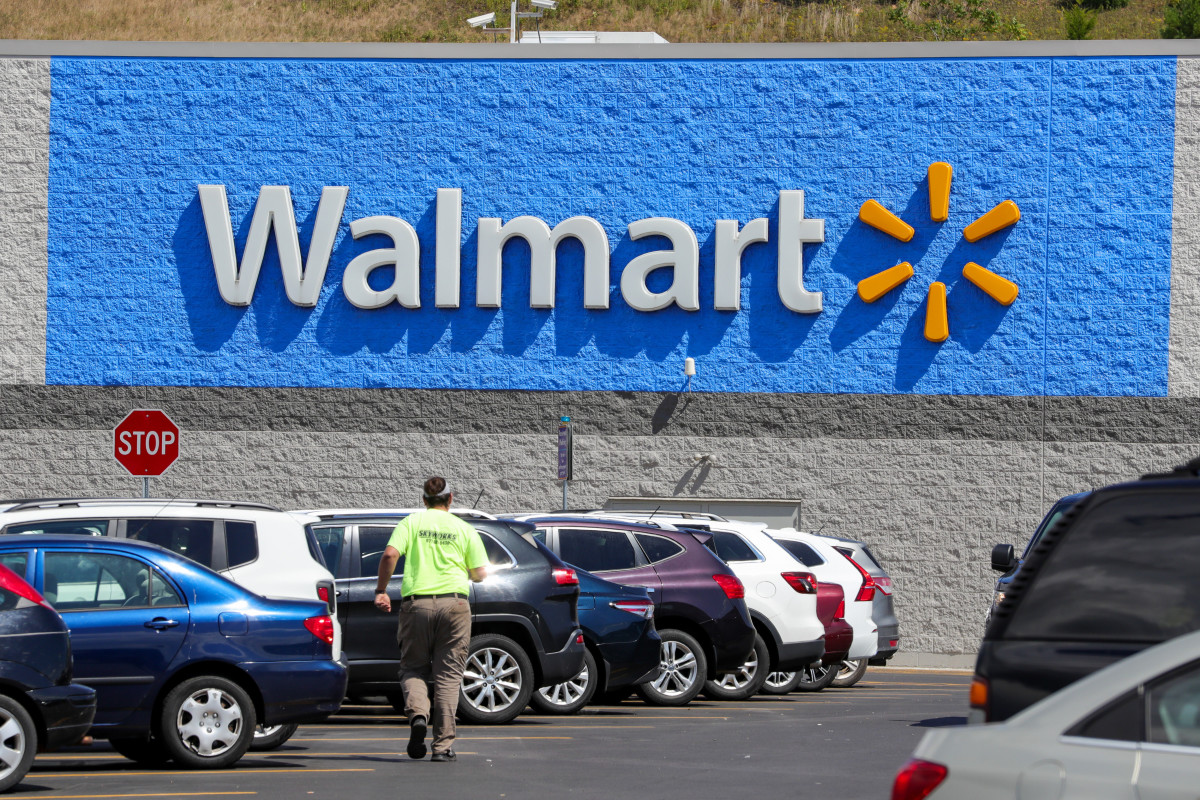
Evolution is happening fast in the world of retail. First self checkout machines, then smart grocery carts that use artificial intelligence to allow customers to skip checkout lines. Now, consumers will soon have to wave goodbye to a classic pricing system, which is exiting Walmart (WMT) stores.
The retail giant is stepping further into the digital world as it just announced that it is replacing its paper shelf labels, which display prices of products, with digital ones. It claims that the technology, called digital shelf labels, will significantly expedite the amount of time it takes to update the price of an item on a shelf.
Related: Walmart is starting to restrict a privilege that customers enjoy
With paper labels, it took workers roughly about two days to update the price of an item, now, with digital shelf labels, the technology can update the prices of all of Walmart’s products within minutes.
“Digital shelf labels, developed by Vusion Group, allow us to update prices at the shelf using a mobile app, reducing the need to walk around the store to change paper tags by hand and giving us more time to support customers in the store,” said Walmart in a press release.
Customers can also expect to see less empty shelves at Walmart’s stores. The technology will also allow store associates to stock shelves quicker by using a feature on the app called “Stock to Light” where a worker can flash an LED light on a digital shelf tag and signal areas in the store that need to be tended to.
Digital shelf labels have already been tested at one of the company’s stores in Texas, yielding positive results. Now, the retailer plans to expand the technology to 2,300 stores by 2026.

The move from Walmart comes after Kohl's (KSS) rolled out digital price tags years ago that have a display similar to a digital watch.
While the new technology can be beneficial to consumers and Walmart’s employees, it may also spark fears among consumers about the possibility of it opening the door to “surge pricing” or “dynamic pricing,” which is when the prices of products can update depending on periods of high demand.
Walmart Senior Vice President of Transformation and Innovation Greg Cathey debunked that speculation during the company’s annual shareholder meeting in Arkansas on June 6.
"It is absolutely not going to be one hour it is this price, and the next hour it is not," said Cathey during the meeting, according to Reuters.
Related: Target pulls back its most controversial merchandise after boycott
The idea of “dynamic pricing” is a sore subject amongst most consumers. In February, Wendy’s received backlash from customers after the company’s CEO, Kirk Tanner, revealed during an earnings call that Wendy’s “will begin testing more enhanced features like dynamic pricing” in 2025.
Customers took to social media to call the company “greedy” and threatened to boycott its restaurants for its plan to test out the pricing system.
More Retail:
- Walgreens limits purchases of a viral candy product
- Target faces disturbing lawsuit for allegedly putting shoppers at risk
- Amazon is giving up on allowing customers this one privilege
Wendy’s later claimed in a statement that its CEO’s comments about dynamic pricing during the earnings call was “misconstrued” and that it is not planning to raise prices during periods of high demand at its restaurants.
Most U.S. consumers view dynamic pricing negatively, according to a 2023 survey by Capterra. In the survey it found that 52% of U.S. consumers equate dynamic pricing to price gouging, while only 34% believe that dynamic pricing is beneficial to consumers.
Related: Veteran fund manager picks favorite stocks for 2024







